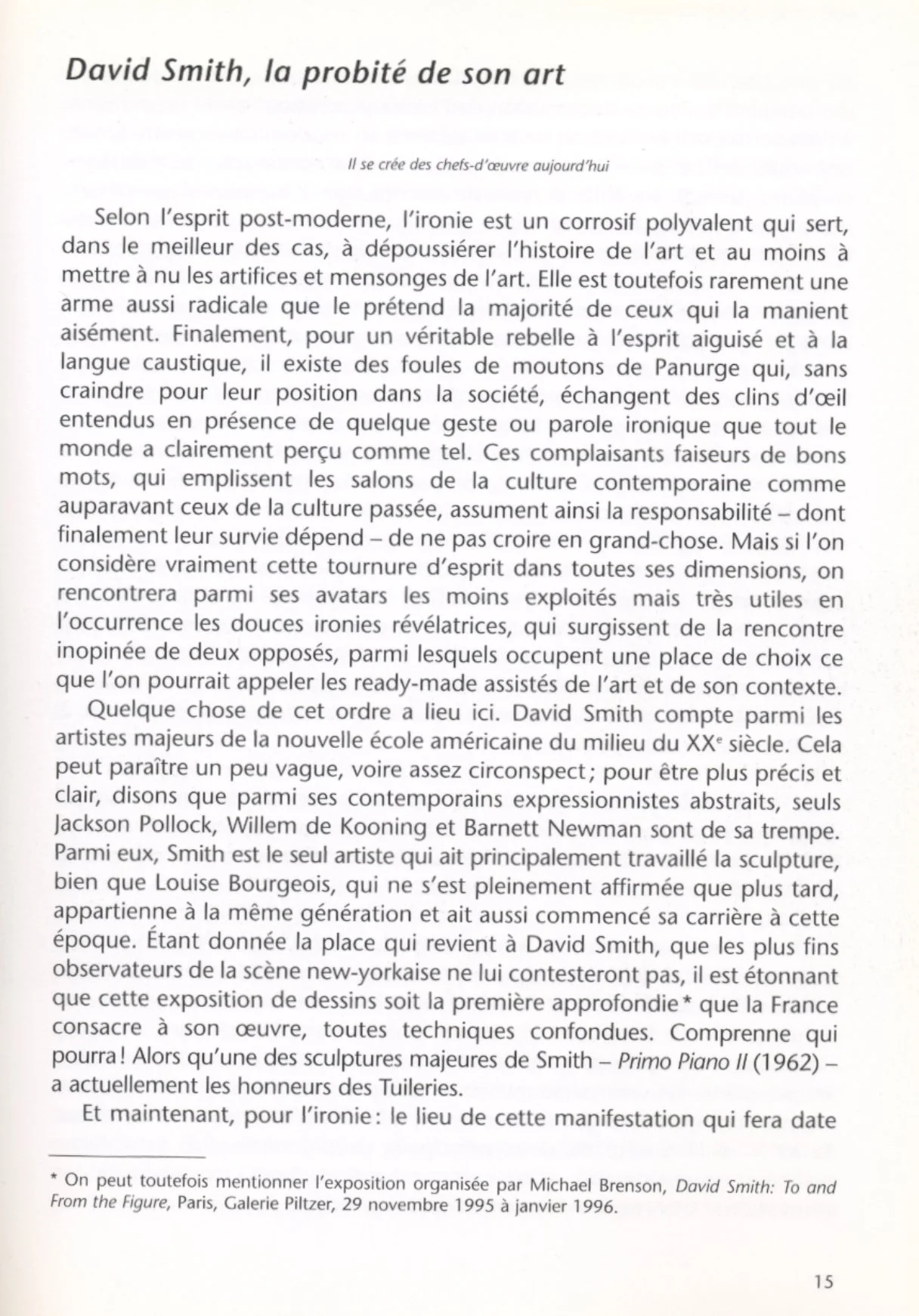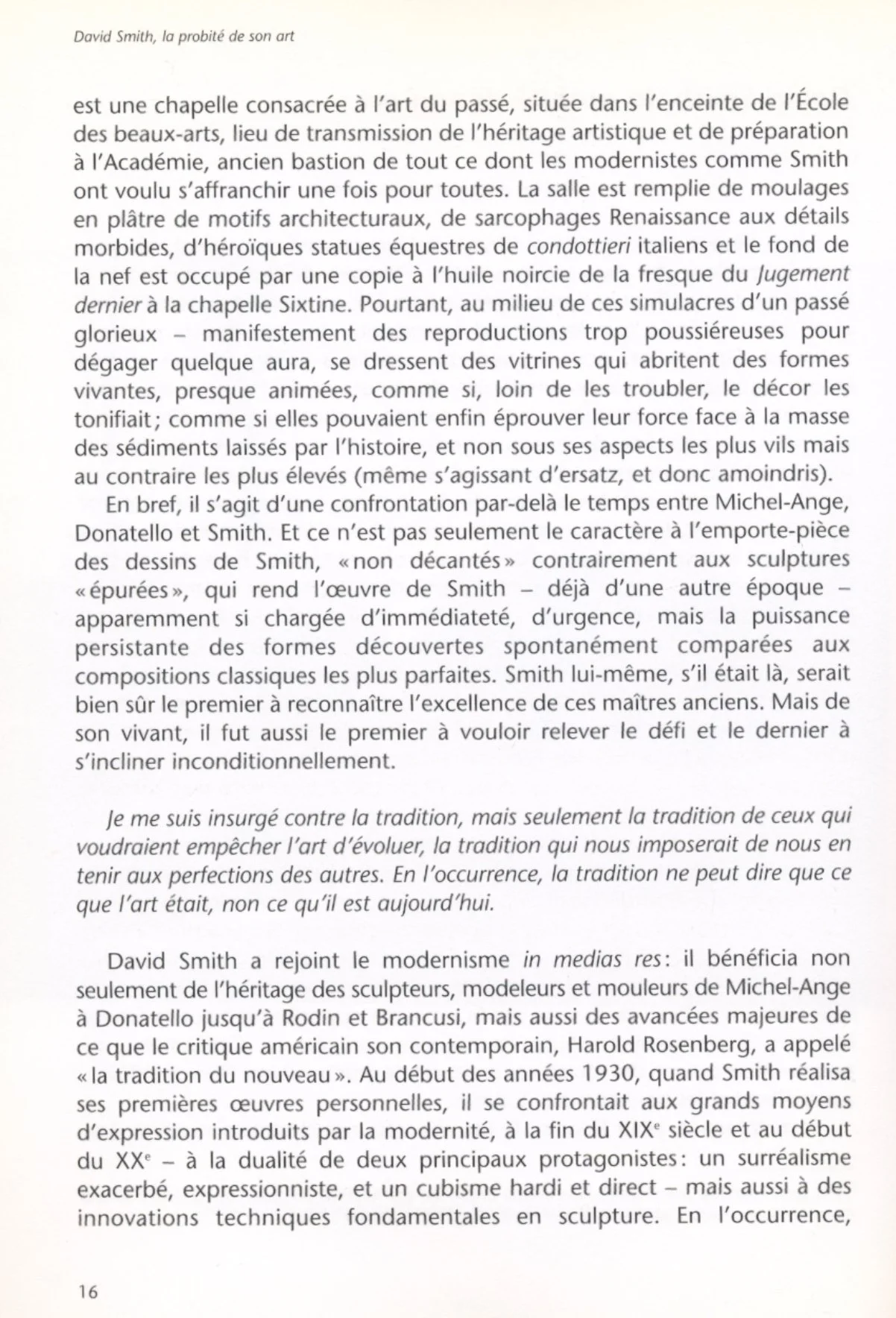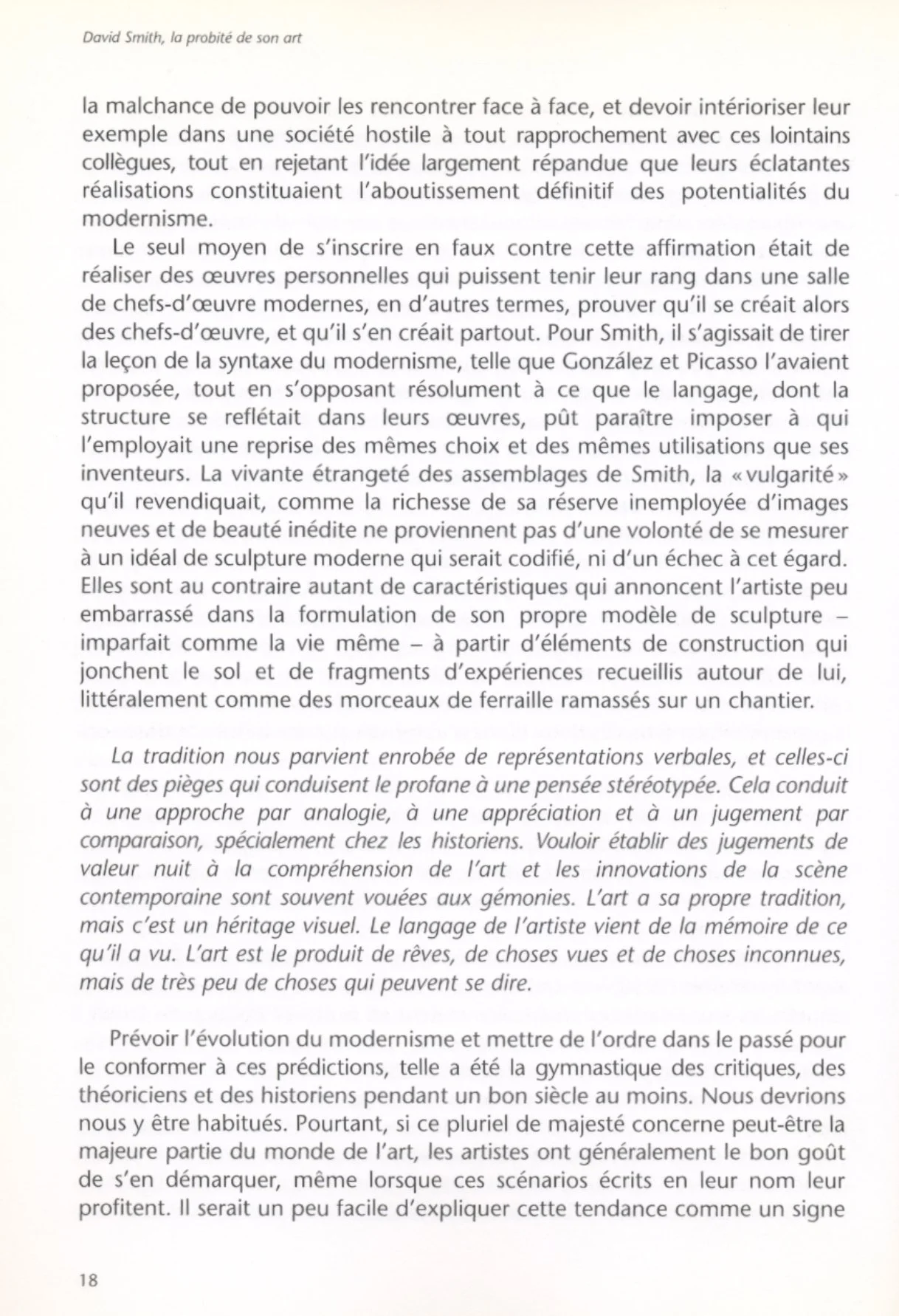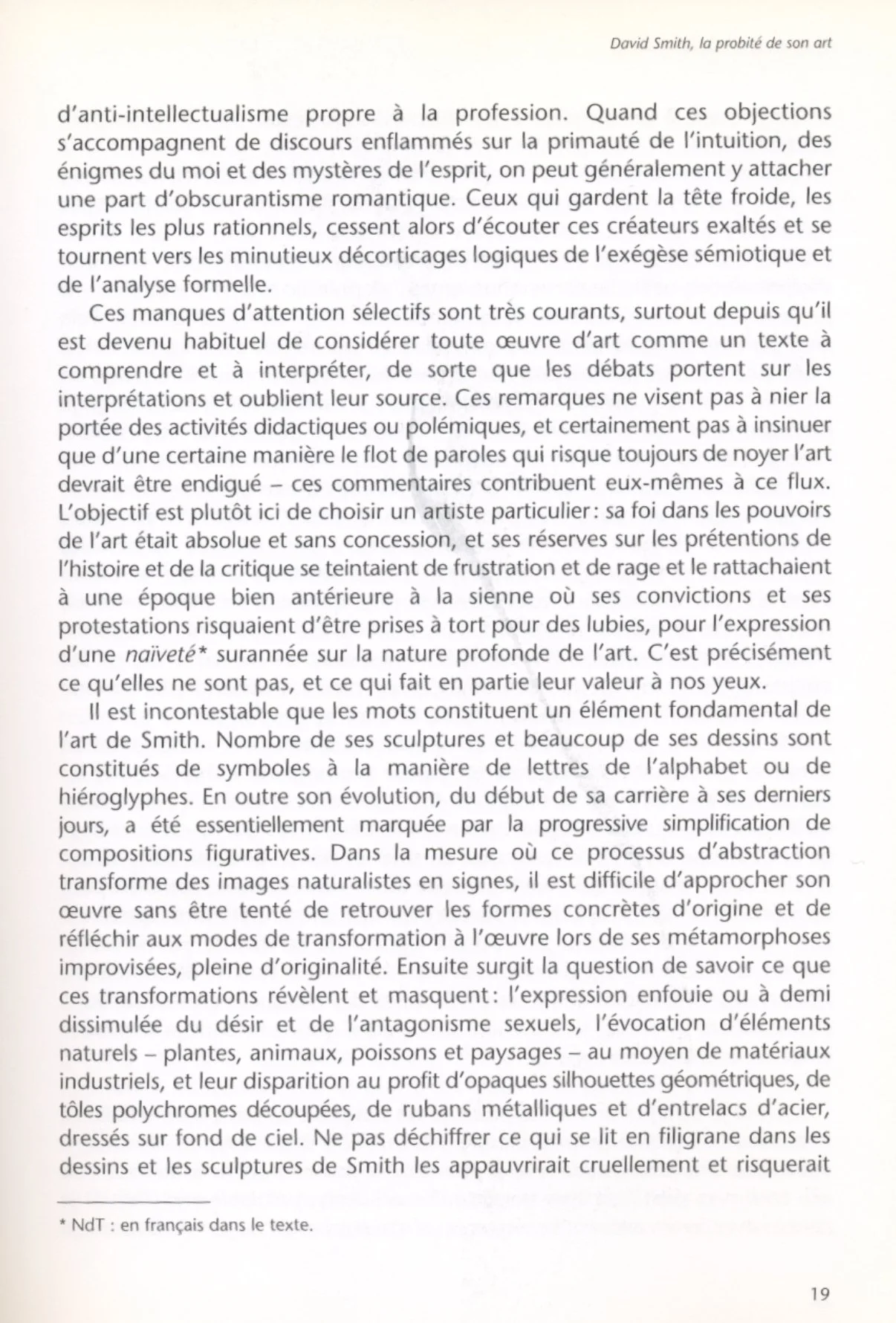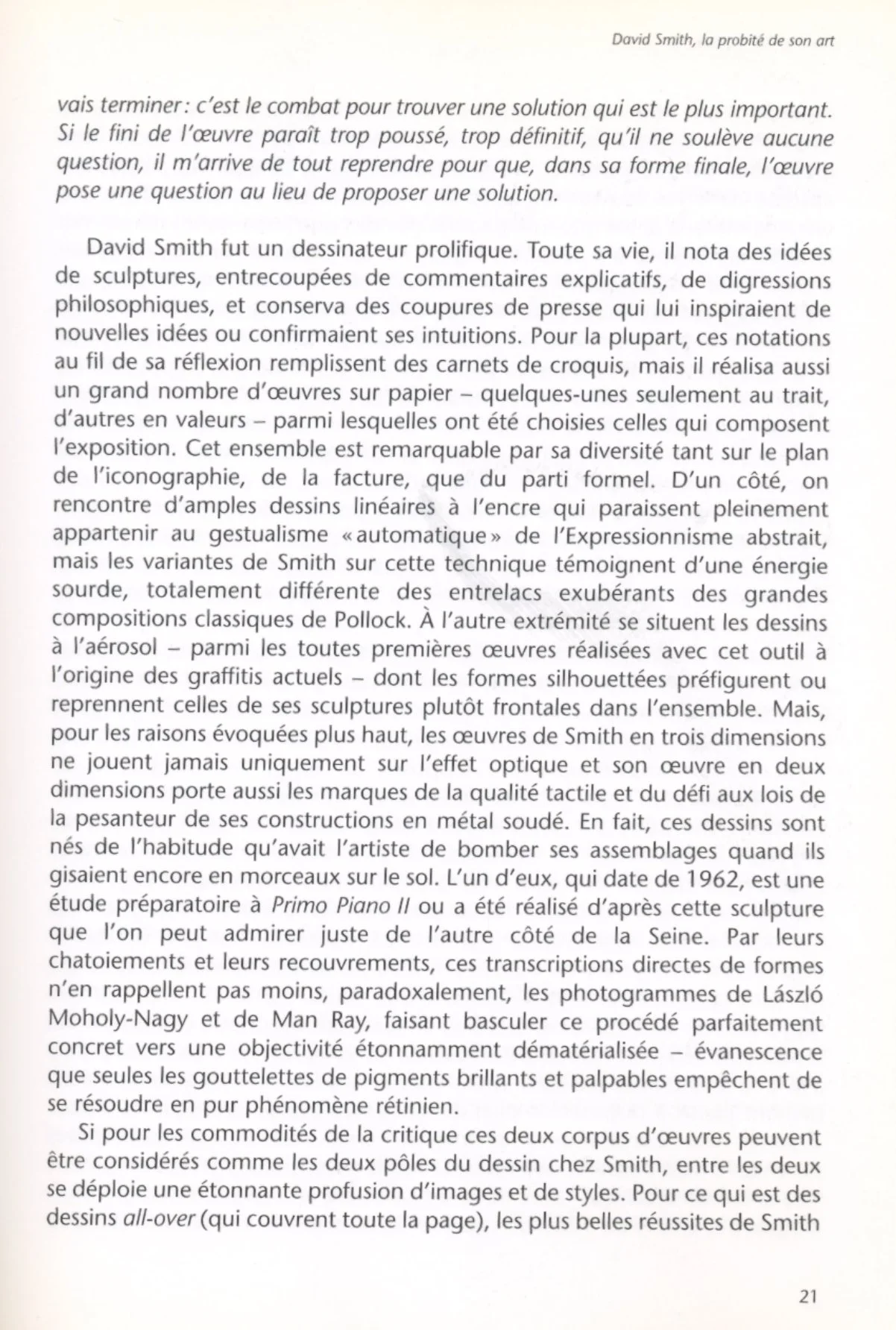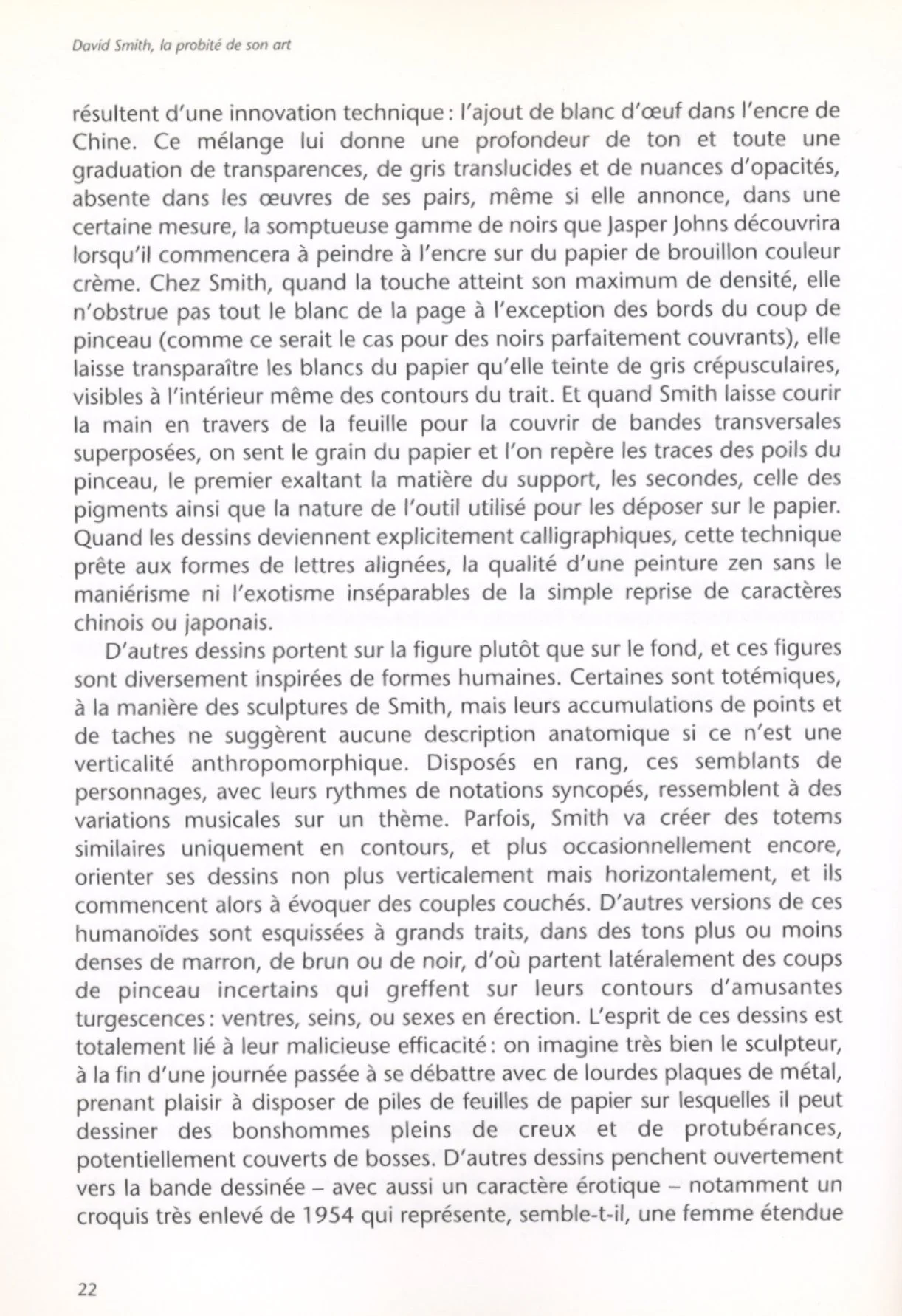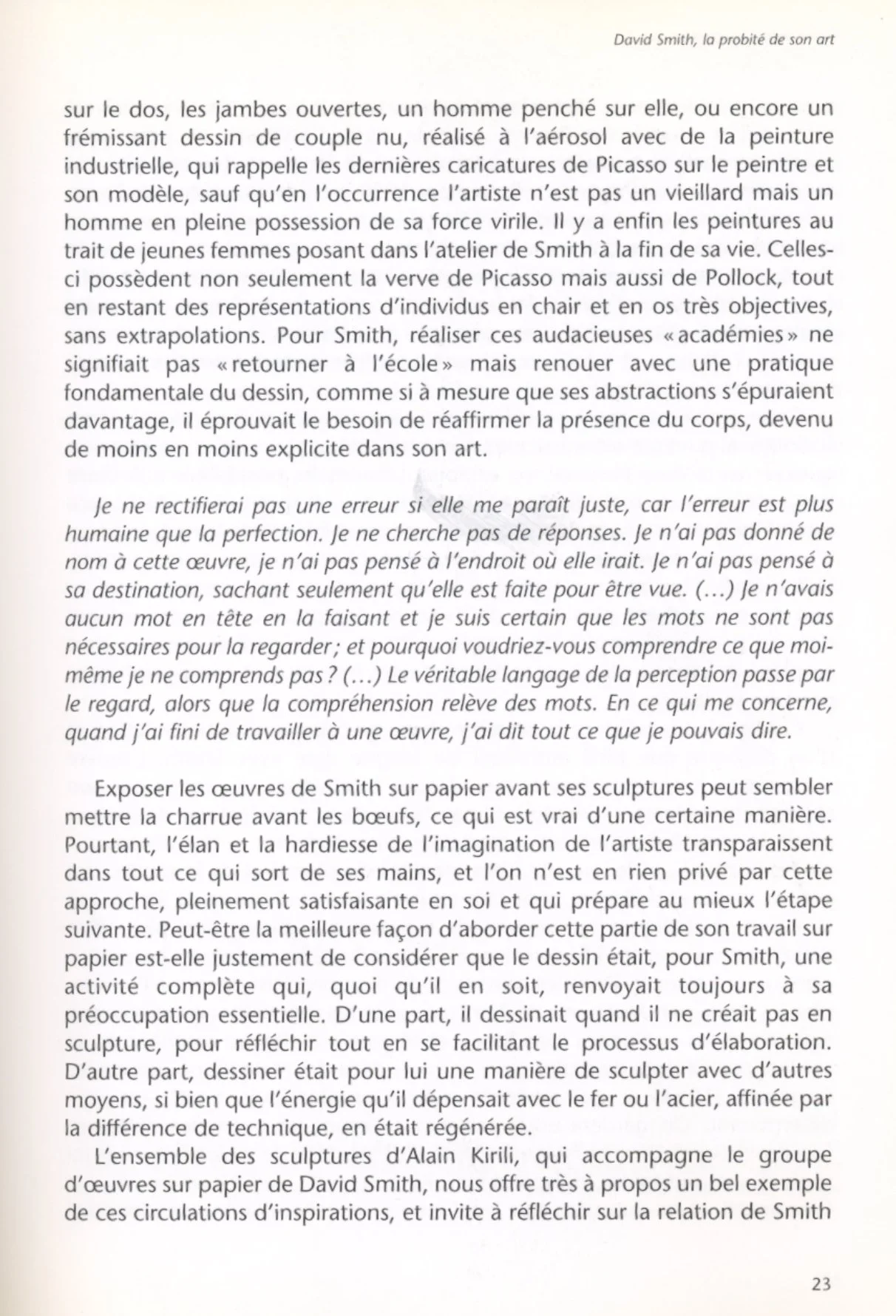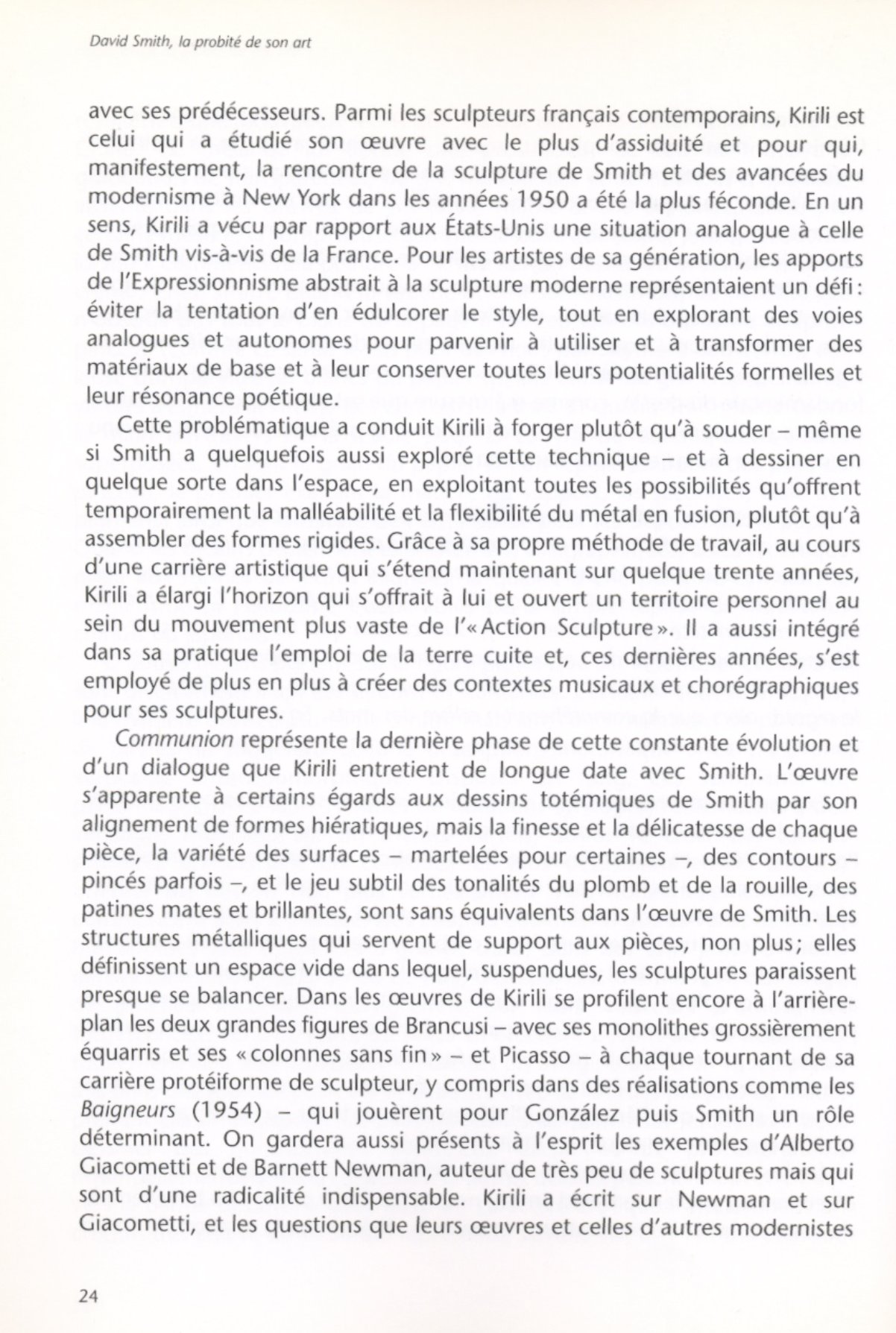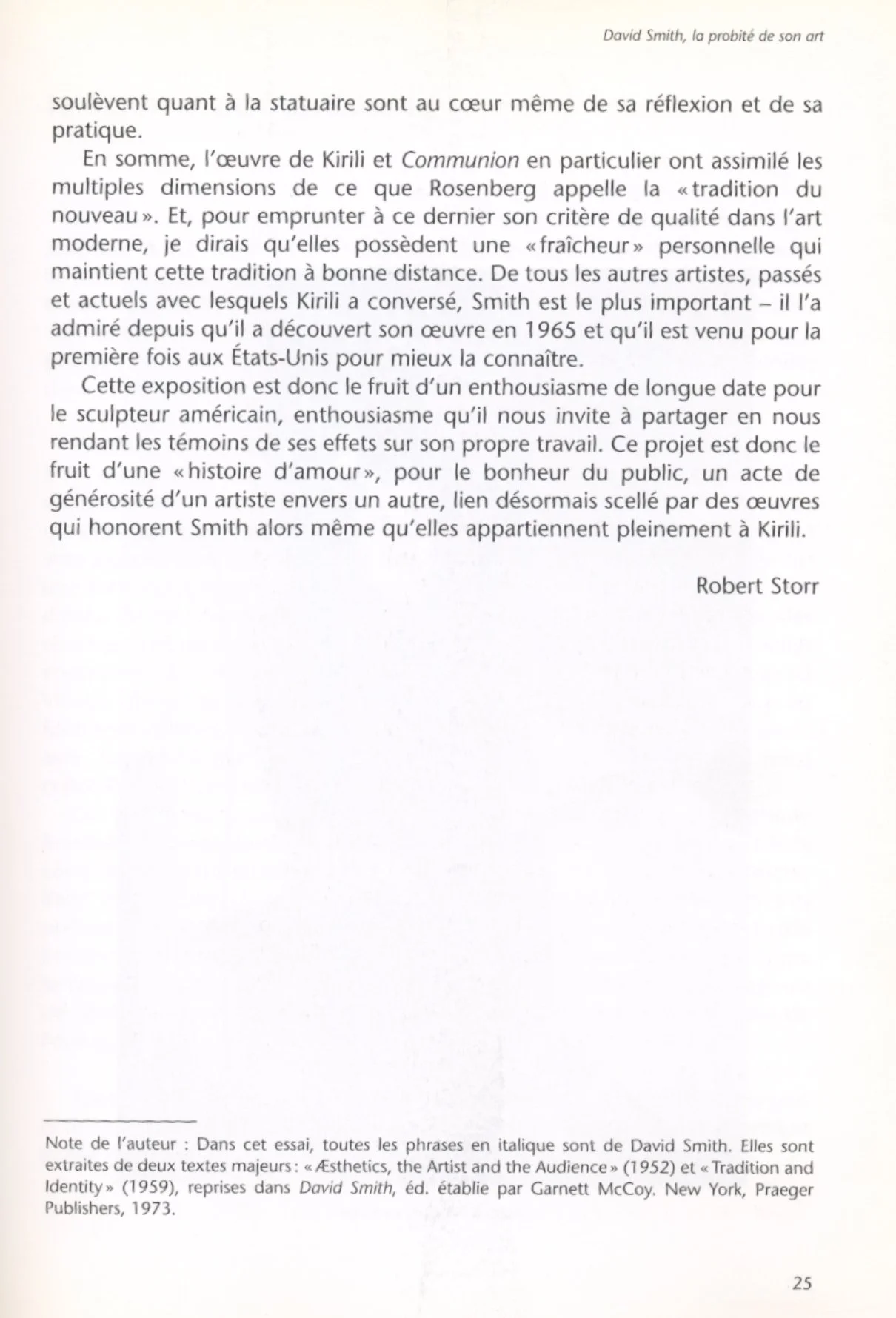Kirili in Dialogue with
Robert Storr
American curator, critic, painter, and writer
Robert Storr and Alain Kirili, White Street studio, 2008
(photo©Ariane Lopez-Huici)
Entre parenthèses
par ROBERT STORR
Publié dans le Catalogue Sculptures modernes et contemporaines, au Jardin des Tuileries, 2001
Louise Bourgeois, Welcoming Hands , 1996
Jardin des Tuileries, Paris, 1997
Louise Bourgeois, Welcoming Hands , 1996
Jardin des Tuileries, Paris, 1997
Auguste Rodin, ensemble de sculptures, dont La Grande Ombre (1898), installé au Jardin de Tuileries, 2000
(Photos © Catalogue Monum, éditions du Patrimoine)
David Smith, Primo Piano II (1962), installée au Jardin de Tuileries, 2000
(Photos © Catalogue Monum, éditions du Patrimoine)
David Smith, la probité de son art
par ROBERT STORR
Publié dans le Catalogue de l’exposition David Smith: un choix d’Alain Kirili,
Ecole Nationale Supérieure des Beaux Arts de Paris, 2003
Invitation for the exhibition Dessins de David Smith : un choix d’Alain Kirili.
With a side installation of Alain Kirili, Communion, 2001.
Chapelle des Petits-Augustins, Ecole des Beaux Arts de Paris, 2003
(photo© Laurent Lecat)
“ ...For Kirili this has lead to forging rather than welding - though Smith sometimes explored the technique as well-and to a kind of drawing in space that exploits the complete range of molten metal’s temporary softness and pliability rather than the patching together of rigid shapes. Over the course of an artistic career that stretches back some thirty years, Kirili has expanded the horizons opened to him by this method of working, and thereby laid claim to his own territory within the still wider field of “Action Sculpture,” a territory which has incorporated the related use of terra-cotta, and, in recent years, a growing emphasis on performative sculpture in various materials, sometimes in collaboration with musicians.
Communion represents the latest phase of this steady evolution and of Kirili’s longstanding dialogue with Smith. In some regards it is akin to Smith’s totemic drawings in its alignment of hieratic forms, but the attenuation of each element, the hammered textur- ing of some, the pinched outlines of others, and the subtle play of leaden against rust-red color, matte against shiny patinas is unlike anything to be found in Smith’s oeuvre. Nor is the cage-support-in effect a hollow plinth-from which each unit is suspended, and on which they almost seem to swing. In the background of Kirili’s work are the figures González had to reckon with, as did Smith-Brancusi of the rough-hewn monoliths and the “Endless Towers” and Picasso as every turn of his protean career as a sculptor, up to and including sculptures such as the Bathers (1954). Also present in mind are the examples of Alberto Giacometti and Barnett Newman, author of only a few sculptures but an indispensable radical in the medium none- theless. Kirili’s writings on Newman and Giacometti and the larger issue of statuary that their work and that of other modernists raise are central to Kirili’s thinking and to his practice.
In sum, Kirili’s work generally and Communion in particular are informed by many dimensions of Rosenberg’s “Tradition of the New.” And to borrow Rosenberg’s criterion for quality in modern art they possess an individual “freshness” that holds that tradition at its prop- er distance. Of all the conversations Kirili has had with other artists past and present, those with Smith-whom he has championed since first encountering his work in 1965 and first visiting the United States that year to deepen his acquaintance with it-are the most im- portant. ”
Robert Storr
Excerpt from “David Smith, the probity of his art”
published in the catalogue “David Smith’s drawings,” ENSBA, Paris, 2003
Robert Storr visits Alain Kirili , 2008
excerpt trom the film Alain Kirili, sculpteur de tous les éléments © Sandra Paugam, 2008
In Memory A.K.
A Tribute to Alain Kirili (1946–2021)
by Robert Storr
published in A Tribute to Alain Kirili, edited by Robert C. Morgan and Carter Ratcliff,
in The Brooklyn Rail, November 2021










